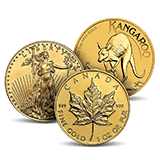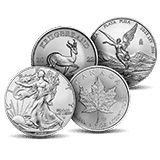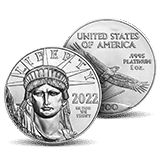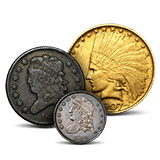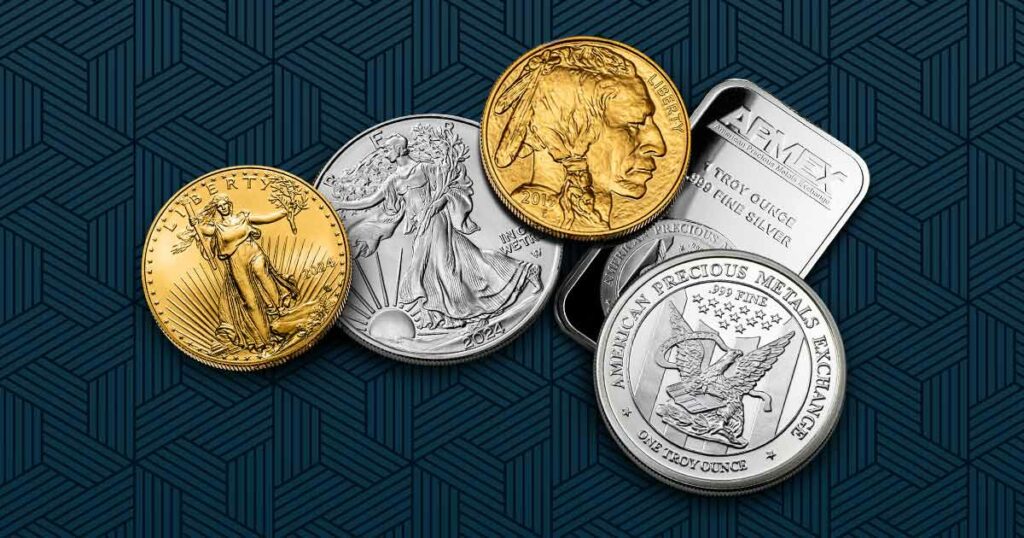
Precious metals are rare, naturally occurring metallic chemical elements of high economic value. They are valued for their beauty, durability, and rarity. The most well-known precious metals include gold, silver, platinum, and palladium. These metals are known for their use in jewelry, industrial applications, and investment commodities.
A Brief Overview of Precious Metals
Gold (Au)
Gold is highly valued for its rarity, malleability, corrosion resistance, and distinctive color. In many countries, it is widely used in jewelry, electronics, and as a standard for monetary systems. Gold is also a popular investment vehicle in the form of coins, bars, and precious metals ETFs (Exchange-Traded Funds).
Silver (Ag)
Silver is valued for its electrical conductivity, thermal conductivity, reflectivity, and antimicrobial properties. It is used in jewelry, silverware, solar panels, water filtration systems, and as an industrial catalyst. Silver also serves as an investment and a hedge against inflation.
Platinum (Pt)
Platinum is a dense, malleable, ductile, highly unreactive metal with a silvery-white color. It is used in jewelry, automotive catalysts, fuel cells, and various medical applications, including chemotherapy drugs. Like gold and silver, platinum is also considered a valuable investment commodity.
Palladium (Pd)
Palladium, like platinum, is used in automotive exhaust systems as a catalyst to reduce harmful emissions. It is also used in electronics, dentistry, and jewelry. Palladium has gained attention as an investment metal in recent years due to its industrial demand.
These metals are considered “precious” due to their economic value, which is significantly higher than most base metals (such as iron, nickel, and copper). Their rarity and demand in industrial applications and as objects of beauty contribute to their high value. Precious metals are traded on various commodities and specialized exchanges worldwide, and their prices fluctuate based on market demand, geopolitical stability, and other economic factors.
Precious Metals vs Noble Metals
While there is overlap between precious and noble metals, with some metals being classified as both, the distinction lies in the specific properties that define noble metals, like resistance to corrosion and oxidation, and the broader economic and aesthetic values associated with precious metals.
Key Differences:
Resistance to Corrosion and Oxidation
While both precious and noble metals are valued for their resistance to corrosion, the term “noble metals” refers to metals that are highly resistant to oxidation and corrosion in moist air. This is a chemical property.
Economic Value
Precious metals are defined largely by their economic value and rarity. While all noble metals are precious due to their resistance to corrosion and rarity, not all precious metals are considered noble. For example, silver is both a precious and noble metal, but its tendency to tarnish (react with sulfur in the air to form silver sulfide) can be seen as a contrast to the ideal of noble metals being resistant to corrosion in all conditions.
Applications
Both groups of metals are used in jewelry and industrial applications, but the specific properties of noble metals make them particularly useful in areas where resistance to harsh environments is critical, such as in high-end electronics and catalytic converters.
Precious metals have served as a valuable asset for thousands of years and appear poised to continue their role as a reliable store of value into the foreseeable future. Whether fashioned into currency or preserved in their raw state, their allure, rarity, and practical applications in industry make them a steadfast element throughout human history.


